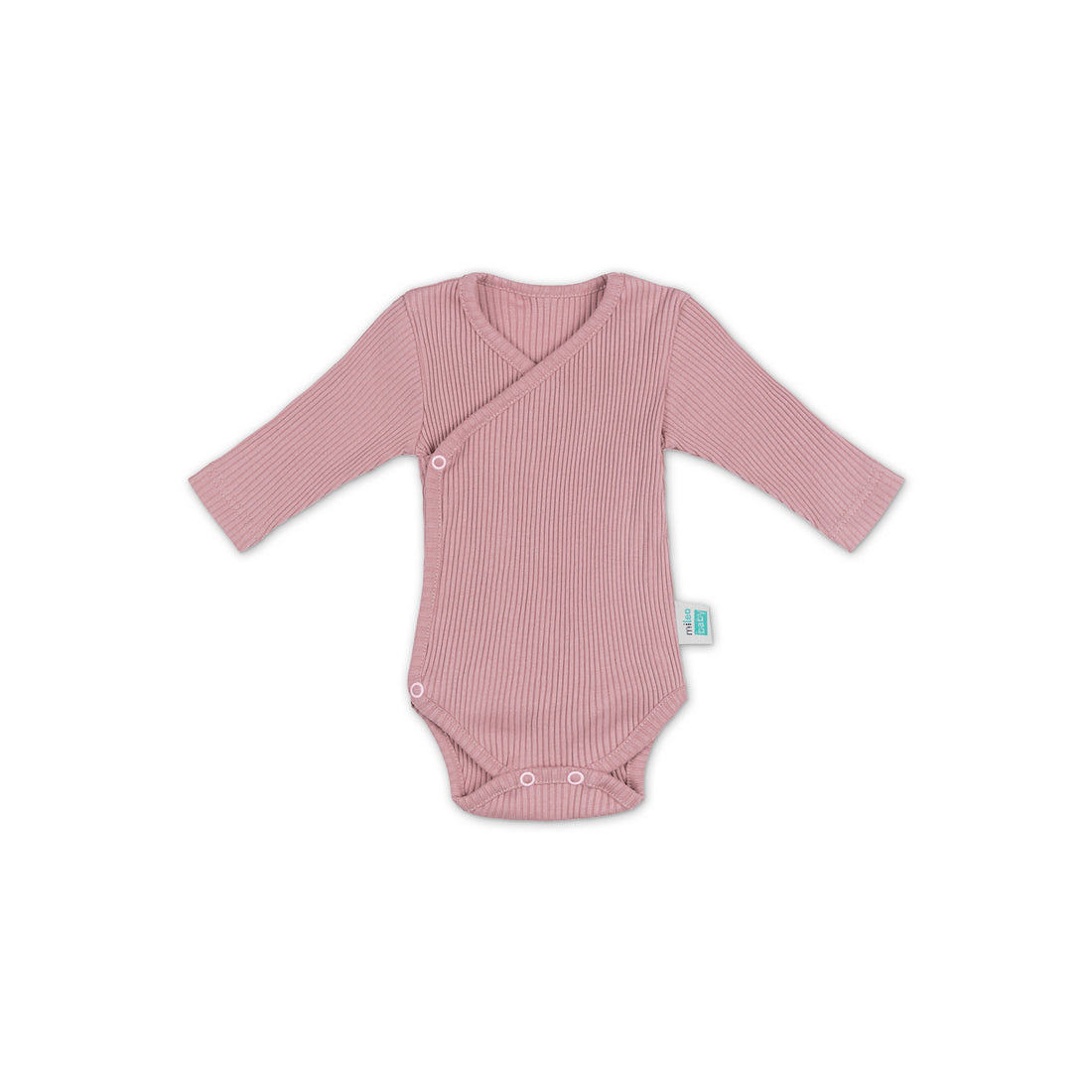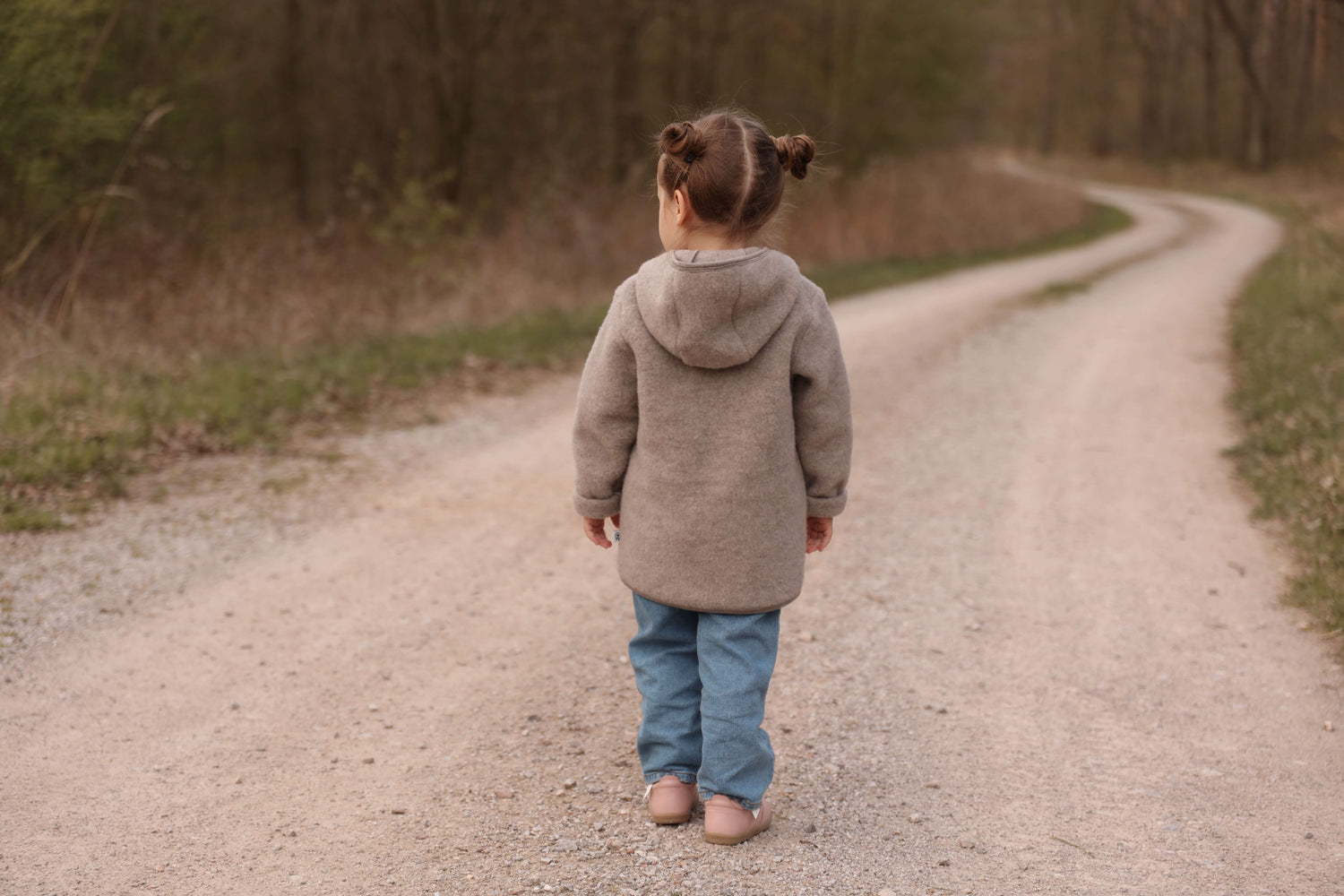We often think of baby clothes as gentle, soft, and safe—designed with delicate skin in mind. baby garments can carry a toxic load of invisible chemicals. Among the most concerning are PFAS, BPA, and formaldehyde-three chemical groups with serious implications for children’s health.
What are PFAS and why should parents be concerned?
PFAS (Per- and Polyfluoroalkyl Substances) are known as "forever chemicals" because they don’t break down in the environment or the human body. These synthetic compounds are commonly used in textiles to make fabrics stain-resistant, water-repellent, and wrinkle-free.
According to research published in The Guardian, scientists have confirmed that short-chain PFAS can be absorbed through the skin-particularly when exposure is frequent and prolonged, as it is with baby clothes. Alarmingly, PFAS have been detected in umbilical cord blood and breast milk, meaning exposure can begin before birth and continue throughout infancy.
Health concerns linked to PFAS exposure include:
- Disruption of thyroid hormone function
- Increased risk of asthma and allergies
- Developmental delays and lower birth weight
- Weakened immune response and reduced vaccine efficacy
A 2022 Chem Trust study found PFAS in 72% of children's outdoor jackets, and a separate study by the Environmental Working Group (EWG) found fluorine (a PFAS marker) in all 34 baby textile items tested—including onesies, pajamas, and bibs.
BPA: More than just a plastic problem
Bisphenol A (BPA) is widely known for its use in plastic bottles and food containers. However, it also appears in the textile industry—especially in polyester blends and dyeing processes.
BPA is a known endocrine disruptor, which means it can interfere with hormone systems. In infants and children, BPA exposure has been linked to:
- Early puberty
- Behavioral and attention issues
- Obesity and metabolic disorders
- Impaired brain development
While BPA has been banned from baby bottles in many countries, its presence in baby clothing remains largely unregulated.
Formaldehyde: A preservative in disguise
Formaldehyde is often used in clothing production to make fabrics:
- Wrinkle-resistant
- Mold-proof during shipping
- Colorfast and shrink-resistant
But this chemical is a known carcinogen, and it is associated with a range of health risks. Babies exposed to formaldehyde residues may experience:
- Skin irritation and rashes
- Respiratory symptoms, including asthma
- Allergic contact dermatitis
Formaldehyde vapors can also be inhaled from freshly unpackaged garments, especially if they’re tightly wrapped in plastic and stored for long periods.
Why babies are at higher risk
The skin of a newborn is 5–10 times thinner than that of an adult and much more absorbent. Babies also have a higher surface-area-to-body-weight ratio, which means they absorb more chemicals relative to their body size. And because their detoxification organs (like the liver and kidneys) are still developing, they’re less capable of filtering out harmful substances.
What makes matters worse is the chronic exposure. Babies wear clothes nearly 24/7, and these clothes are often in direct contact with their most sensitive areas—neck, wrists, legs, and diaper region.
What can you do to protect your child?
While it may feel overwhelming, there are practical steps parents can take:
-
Look for credible certifications: Seek out baby clothes certified by GOTS (Global Organic Textile Standard) and OEKO-TEX Standard 100. These standards ensure that clothing is free from harmful levels of over 100 substances.
-
Wash all new garments: This can reduce surface chemical residues. Use fragrance-free detergent.
-
Avoid “performance” features: Clothes labeled “stain-resistant,” “wrinkle-free,” or “easy care” often contain PFAS or formaldehyde.
-
Choose natural fibers: Organic cotton, merino wool, and untreated silk are good alternatives to synthetic blends.
Dear Gaia: Where style meets safety
At Dear Gaia, we believe you should never have to choose between aesthetics and health. That’s why we carefully curate every piece to ensure it’s safe for your little one’s delicate skin.
Our collection includes:
-
Certified organic cotton bodysuits free from PFAS, BPA, and formaldehyde
-
Merino wool & silk essentials for breathable, natural comfort
-
Preloved garments that are gently used, reducing both chemical load and environmental impact
We also work only with GOTS and OEKO-TEX certified partners, ensuring complete transparency from fiber sourcing to finishing.
Whether you're shopping for daily wear or a special gift, our pieces are designed with your child's health and your values in mind.
Final thoughts
PFAS, BPA, and formaldehyde don’t belong anywhere near a newborn’s skin. Yet, due to lax regulations and misleading marketing, they remain present in many baby clothes sold today. As a parent, the best way to protect your child is by staying informed and choosing safer alternatives.
At Dear Gaia, we make that decision easy—by offering beautiful, certified-safe essentials that parents can trust.
Because your child’s health starts with what touches their skin.
Sources:
- The Guardian: “PFAS absorbed through skin” → https://www.theguardian.com/environment/article/2024/jun/30/pfas-absorbed-skin-study
- Chem Trust: “PFAS in baby clothing and jackets” → https://chemtrust.org/pfas-childrens-clothing/
- EWG: “Toxic Forever Chemicals Found in Baby Textiles” → https://www.ewg.org/news-insights/news/2022/11/new-baby-textile-product-tests-show-concerning-levels-toxic-forever
- Dermatology NPs: “Forever Chemicals Shown to Absorb Through Skin” → https://dermnppa.org/forever-chemicals-shown-to-absorb-through-skin/
- OEKO-TEX Certification Overview → https://www.oeko-tex.com/en/
- National Institutes of Health: “Formaldehyde and Health” → https://www.ncbi.nlm.nih.gov/pmc/articles/PMC7169655/









